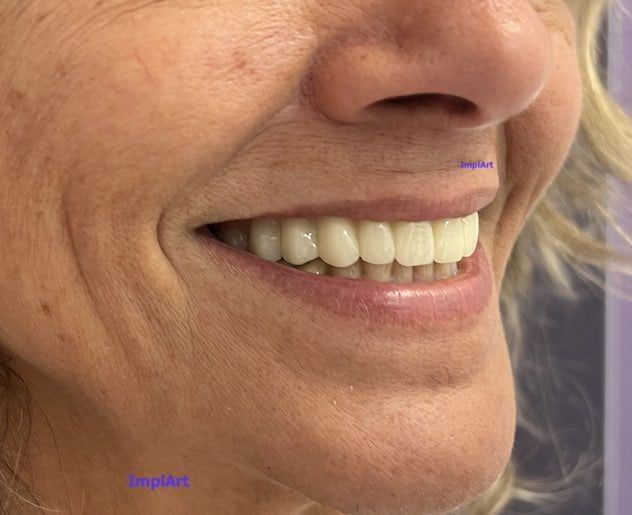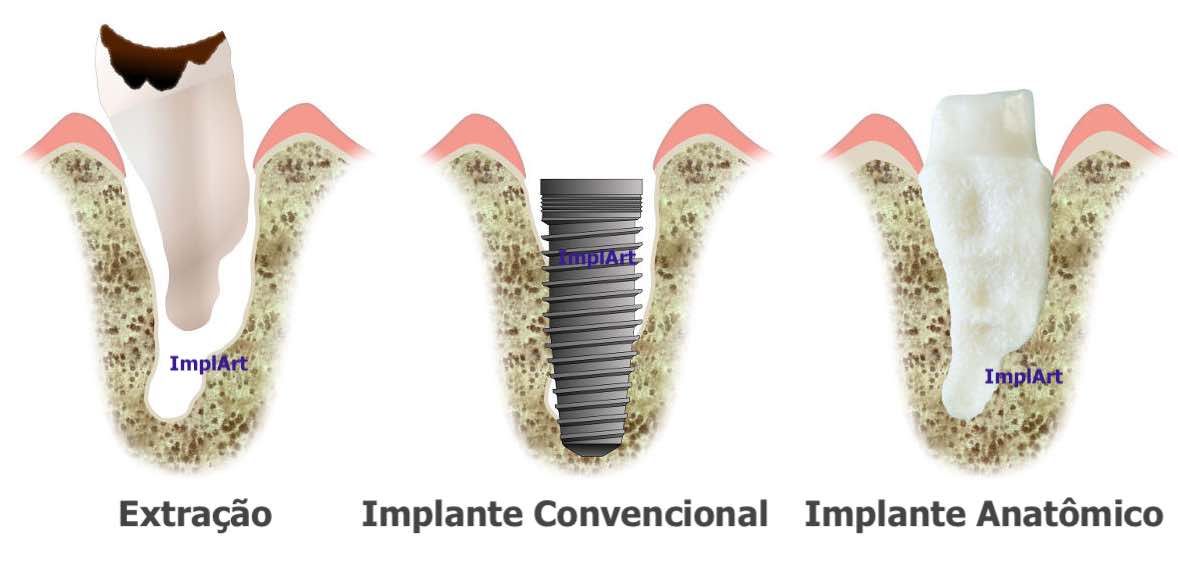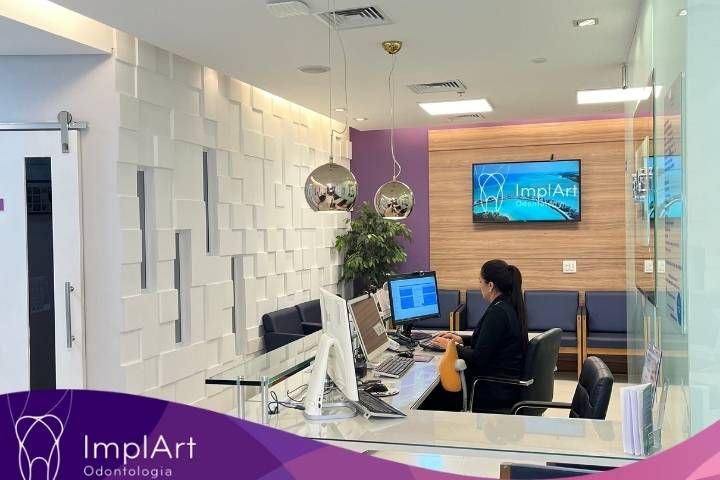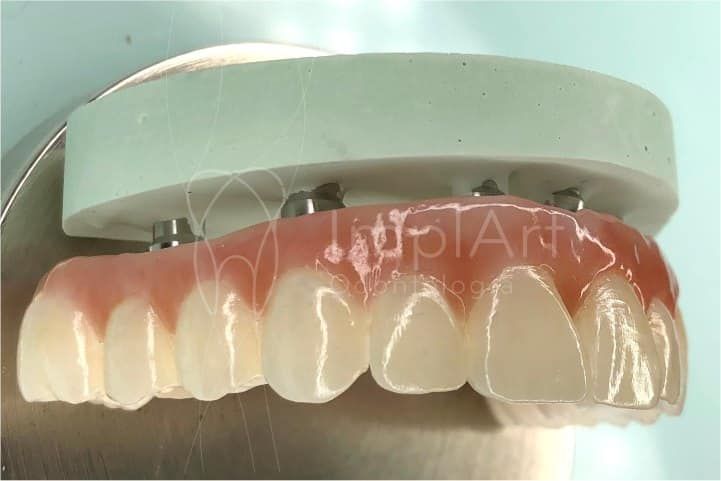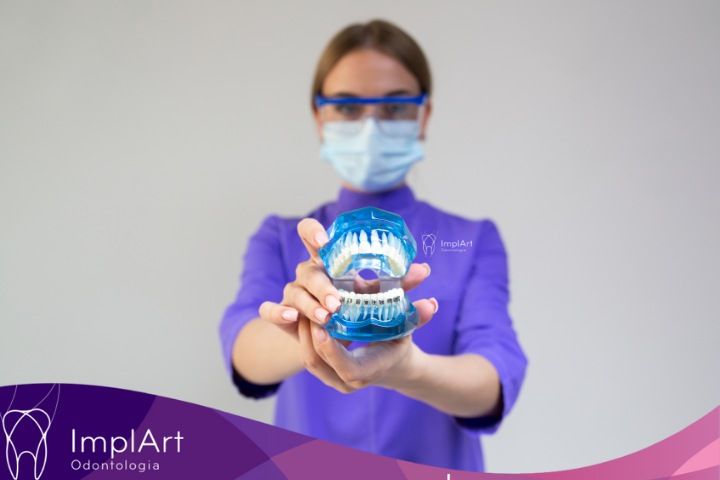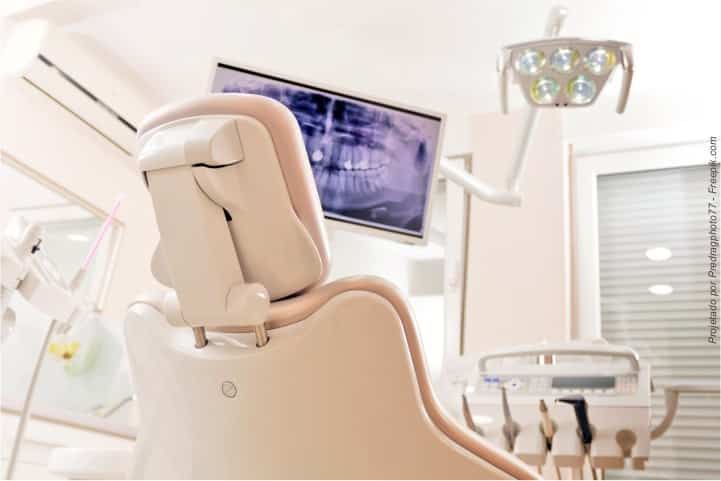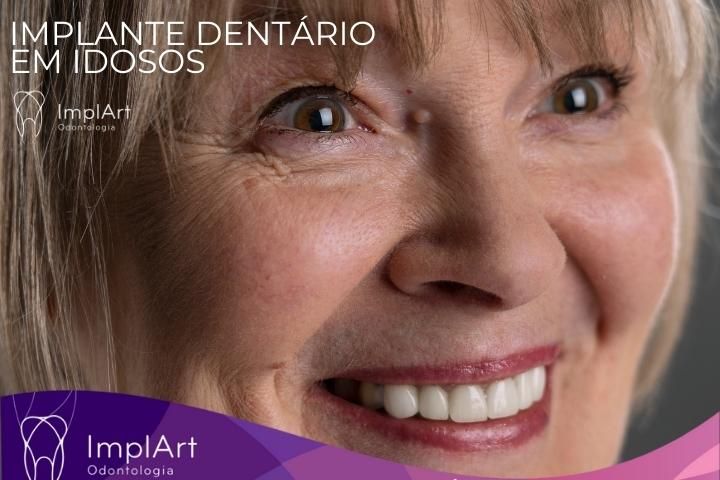Does Laser Teeth Whitening Damage Teeth?
Laser teeth whitening is an advanced technique that aims to remove pigments and stains from teeth, giving you a whiter, more radiant smile. This aesthetic procedure, carried out in a dental office, uses a whitening gel activated by laser light to achieve effective and long-lasting results.
How Does Laser Teeth Whitening Work?
The process begins with the application of a hydrogen peroxide-based gel to the surface of the teeth. A laser light is then used to activate and enhance the action of the gel, speeding up the whitening process. Each session lasts an average of 40 to 60 minutes and the total number of sessions required varies depending on the initial shade of the teeth and the desired result.
According to Dr. Roberto Markarian, director of the ImplArt Clinic, “there are always gains in shade, making teeth lighter. How much each tooth will whiten depends on the natural characteristics of each individual.”
Advantages of Laser Teeth Whitening
- Fast results: Laser whitening provides a more immediate effect compared to other techniques, such as home whitening.
- Safe procedure: When performed by qualified professionals, laser whitening is safe and supervised, guaranteeing the patient’s oral health.
- Comfort: The procedure is carried out in the office, under the direct supervision of the dentist, providing greater safety and comfort for the patient.
Disadvantages of Laser Teeth Whitening
- Temporary Sensitivity: Some patients may experience sensitivity in their teeth after the procedure, although this sensation is usually temporary and disappears within a few hours.
- Higher Cost: Laser whitening tends to be more expensive than other whitening techniques, due to the technology used and the need for specialized equipment.
How many sessions are needed?
The number of sessions required to achieve the desired result varies according to the initial shade of the teeth and the individual response to treatment. Generally, 2 sessions are recommended, with intervals of one week between them. It is important to note that each case is unique, and a personalized assessment is essential to determine the appropriate treatment plan.
Cost of Laser Teeth Whitening
The cost of laser teeth whitening can vary depending on the clinic, the experience of the professional and the geographical region. At the ImplArt Clinic, we prioritize the quality and safety of our patients, offering personalized treatments that meet their needs and expectations. To obtain an accurate quote, it is essential to schedule an assessment appointment.
Limitations of Laser Teeth Whitening
Although laser whitening is effective in most cases, it is important to understand that there are limitations to the degree of whitening that can be achieved. Factors such as the cause of the darkening, the age and integrity of the teeth all influence the final result. For example, teeth with deep stains or severe darkening may not achieve the desired level of whiteness with whitening alone.
In these situations, Dr. Roberto Markarian recommends alternatives such as dental contact lenses, which are ultra-thin porcelain sheets applied to the surface of the teeth to improve their color, shape and alignment. “Dental contact lenses allow the patient to choose the desired shade, offering an effective solution for cases in which whitening doesn’t achieve the expected results.”
To find out more about dental contact lenses, visit our page dedicated to this procedure: Dental Contact Lenses: Price and Technique

Combined Whitening: Mixed Technique for Optimized Results
For patients looking for more expressive results, combining laser whitening with home whitening is an effective option. Known as a mixed technique or combined whitening, this approach maximizes the benefits of both methods.
How Does Combination Whitening Work? Laser and home teeth whitening
Initially, the patient undergoes a laser whitening session in the office, obtaining an immediate and noticeable result. Next, a customized tray is made for home use, in which the patient applies a lower concentration whitening gel, as instructed by the dentist. This combined protocol enhances the whitening results.
Dr. Roberto Markarian points out that “combined whitening is an excellent option for those looking for faster and more effective results, combining the safety of the in-office procedure with the practicality of home treatment.”
Importance of Prophylaxis Before Laser Teeth Whitening
Before starting any whitening procedure, it is essential to carry out a dental prophylaxis, i.e. a professional cleaning in the dental office. This procedure removes plaque and tartar, preparing the surface of the teeth for whitening and ensuring more effective results.
It is important to note that prophylaxis and laser teeth whitening should not be carried out on the same day. Dental prophylaxis often uses sodium bicarbonate, which can neutralize the action of the whitening agent. Therefore, an interval between these procedures is recommended to ensure the effectiveness of the whitening.
Frequently Asked Questions
Does laser teeth whitening weaken teeth?
No. Studies have shown that whitening does not damage tooth enamel or make teeth weaker, as the whitening chemical only acts on the tooth pigments and not on the mineral structure.
Does laser teeth whitening cause sensitivity?
Some patients may experience temporary sensitivity after the procedure, due to the opening of the enamel pores as a result of the action of the whitening product. However, this sensation is usually temporary and tends to disappear within a few hours.
How long do laser teeth whitening results last?
The durability of whitening varies from person to person and depends on eating habits and oral hygiene. On average, the effect can last from 6 months to 2 years.
Who can’t have laser teeth whitening?
Whitening is not recommended for pregnant women, nursing mothers, children under 16 or people with untreated cavities and active gum disease. It is essential to have a dental assessment before starting treatment.
Does laser teeth whitening work on teeth with restorations or dentures?
The whitening agent does not alter the color of restorations, crowns or veneers. In these cases, it may be necessary to replace these restorations after whitening to ensure a uniform color.
When is the best time to have laser teeth whitening?
If you are undergoing treatment for dental implants, dental crowns, dental contact lenses or single-arch prostheses, the ideal time to have your laser teeth whitening is before you choose the final color of your prostheses. This is because, as we mentioned earlier, tooth whitening only works on natural teeth, so before generating the final color of your dentures is the ideal time to take advantage and whiten your smile. That way, the final color of your dentures will match your new, brighter smile!
ImplArt Dental Clinic for your Laser Teeth Whitening
At the ImplArt Clinic, we are committed to offering high-quality treatments that meet our patients’ expectations and needs. If you are considering laser teeth whitening or want to explore other aesthetic options, such as dental contact lenses, schedule an appointment with us. Our team is ready to help you achieve the smile of your dreams.
The ImplArt Dental Clinic is located near Avenida Paulista in São Paulo and welcomes patients from all over the world. It stands out for its modern structure and use of advanced technologies, such as CAD/CAM systems, 3D printers and digital scanners for computerized molding. Our multi-professional team is trained to offer personalized treatments with quality and safety.
The ImplArt Dental Clinic ‘s clinical director is Dr. Roberto Markarian, an implant dentist renowned for his expertise in dental implants and digital prostheses. This makes Clinica ImplArt a reference center in modern dental treatments, with implants and computerized prostheses, offering knowledge and high technology in dental treatments.
If you would like to know more about our treatments and book an appointment 📲WhatsApp(11) 3262-4750.

Text written by DR. ROBERTO MARKARIAN – CRO-SP 73.583
Founder and Director of the ImplArt Dental Clinic – Dr. Roberto’s Linkedin profile
Dr. Roberto Markarian is a reference in dental implants and computerized dental prostheses in Brazil. As well as having more than 10,000 implants installed, he is a researcher who produces knowledge that is published worldwide in renowned scientific journals in the field of dentistry. He is responsible for promoting knowledge and high technology applied in all the treatments offered by the ImplArt Dental Clinic.
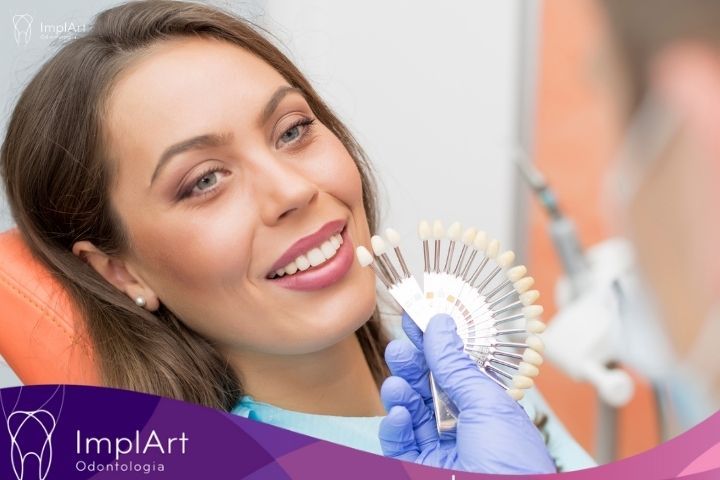

 Agende sua consulta agora por WhatsApp
Agende sua consulta agora por WhatsApp